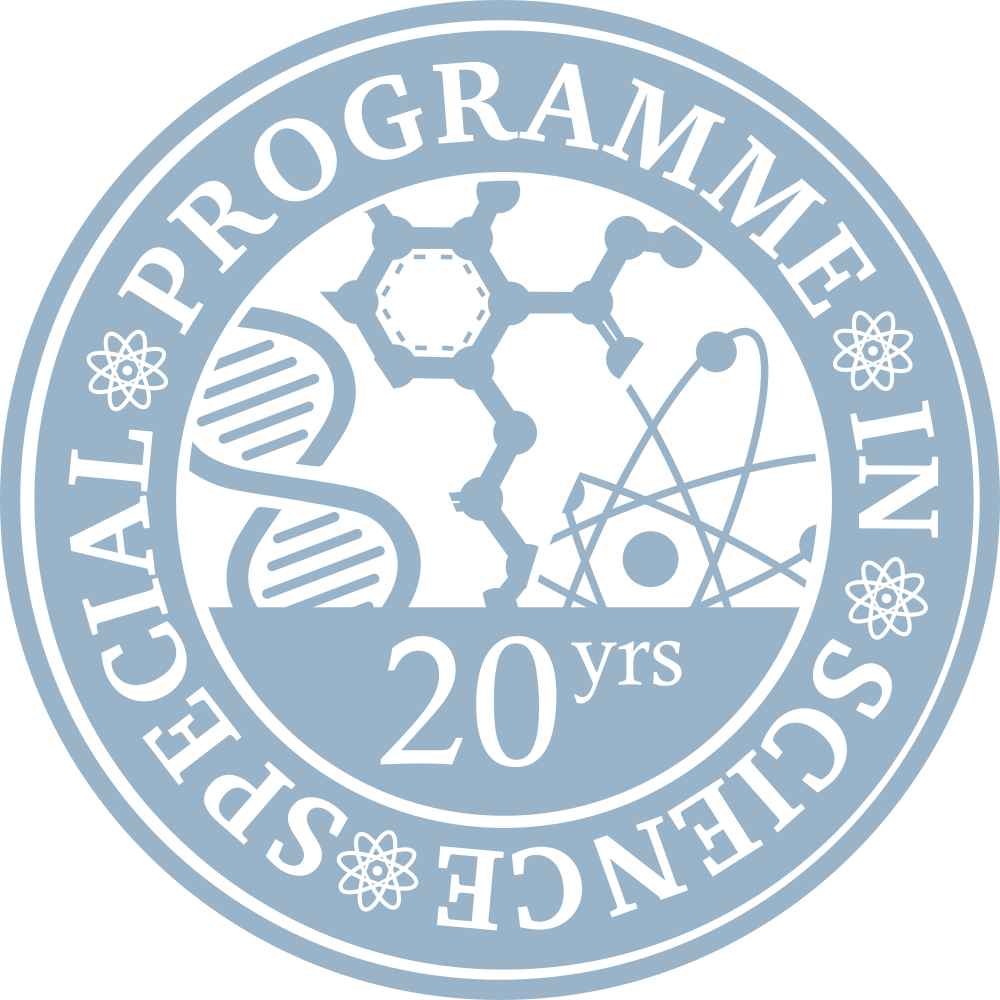#
Cosmic Microwave Background Radiation
#
8.4 Cosmic Microwave Background Radiation
The big bang model is one that the universe began as a small and radiation dominated “fireball”. The space expands, diluting the number density of photons and stretching the the wavelength of each photon. The cosmological redshift that occurred since time immemorial will have stretched the super-short wavelengths of highly energetic (gamma) photons at big bang to super-long wavelengths of cool (radio) photons today.
Going with the above logic, if one can find the cool radio wavelengths photons, one essentially finds the relics of the big bang.


Go to Activities 1, 2, 3 and 4.
In 1965, Arno Penzias and Robert Wilson were working on statellite communications in Bell Laboratories. They used a radio antenna operating at 4.08 GHz or 7.3 cm, and found that no matter how careful they are in eliminating noise and accounting for radio sources, there is still an unaccountable excess signal that corresponds to a blackbody of 3.5 K.
Meanwhile at Princeton (which coincidentally is in the same state – New Jersey), Robert Dicke and Jim Peebles derived in theory that if the Universe started of in a Big Bang, the blackbody radiation from the last scattering surface will be redshifted to the microwave regime. This microwave radiation can possibly be detected. Dicke began to work with David Wilkinson and Peter Roll to construct a suitable radio receiver for this purpose.
Before Dicke’s group obtained any data from their new equipment, they began writing a paper to report to their theoretical prediction and intention to measure the cosmic radiation. Penzias got to know about the Princeton’s group imminent paper through a mutual friend. Thinking that this is likely the explanation for their excess signal, Penzias immediately called Dicke to understand their work. Dicke sent him a copy of the manuscript he was preparing and soon the two groups met up at Bell Labs, where Penzias and Wilson showed the Princeton’s group their setup and demonstrated the collection of the cosmic radiation.
The two groups agreed to write their results in two seperate consecutive papers, to be published side-by-side. Dicke, Peebles, Wilkinson and Roll will send in the manuscript they had prepared with the additional note about Penzias and Wilson’s discovery. The paper was published in Astrophysical Journal vol.142, p.414, with the title Cosmic Black-Body Radiation.
Penzias and Wilson will report on their experimental findings of the excess antenna temperature of 3.5 K, and cite Dicke et. al.’s paper as a possible explanation for their discovery. The paper was published in Astrophysical Journal vol.142, p.419 with an unassuming title – A Measurement of Excess Antenna Temperature at 4080 Mc/s.
Penzias and Wilson eventually won the Physics Nobel prize in 1978.
The papers by Dicke et al. and Penzias and Wilson can be downloaded in the following:
https://ui.adsabs.harvard.edu/abs/1965ApJ...142..414D/abstract
https://ui.adsabs.harvard.edu/abs/1965ApJ...142..419P/abstract
